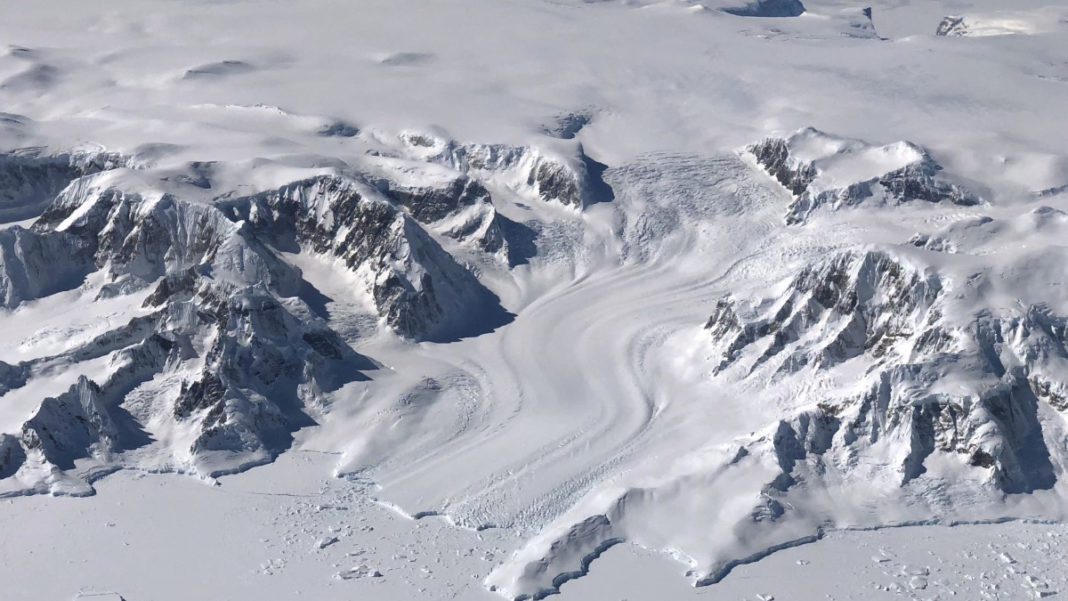UNITED STATES: NASA and the National Snow and Ice Data Center (NSIDC) have revealed that both the Arctic and Antarctic are experiencing unprecedented lows in sea ice extent this year. The agencies, utilizing satellite data to monitor sea ice across polar regions, have documented alarming statistics.
Arctic sea ice hit its annual minimum extent on September 19, covering a mere 1.63 million square miles (4.23 million square kilometers)—marking it as the sixth-lowest minimum in recorded satellite history.
Meanwhile, in Antarctica, sea ice reached its maximum extent on September 10, spanning a mere 6.5 million square miles (16.96 million square kilometers)—the smallest maximum ever recorded.
Walt Meier, a prominent sea ice scientist at NSIDC, expressed his concerns, stating, “It’s a record-smashing sea ice low in the Antarctic. Sea ice growth appears low around nearly the whole continent as opposed to any one region.” He further noted that even the Northwest Passage in the Arctic is exhibiting more open water than usual.
The decline in sea ice coverage not only exacerbates ocean warming but also reinforces the ice-albedo feedback cycle. With less sea ice to reflect the sun’s energy, the dark, open ocean absorbs more heat, leading to further inhibition of sea ice growth. This cycle perpetuates a dangerous warming trend in the polar regions.
While monitoring sea ice extent is crucial, researchers are increasingly focused on its thickness, a critical factor in determining its survivability. NASA’s Cryospheric Sciences Laboratory, led by Nathan Kurtz, is employing advanced technology like the ICESat-2 satellite to track the thickness of sea ice year-round.
Kurtz emphasized the importance of connecting cutting-edge measurements with historical data to gain a comprehensive understanding of the underlying drivers of these distressing changes.
The revelations serve as a poignant call to action, highlighting the urgency of global efforts to combat climate change and protect our planet’s delicate polar ecosystems.
Also Read: NASA Seeks Proposals for ‘Space Tug’ to Safely Deorbit International Space Station



